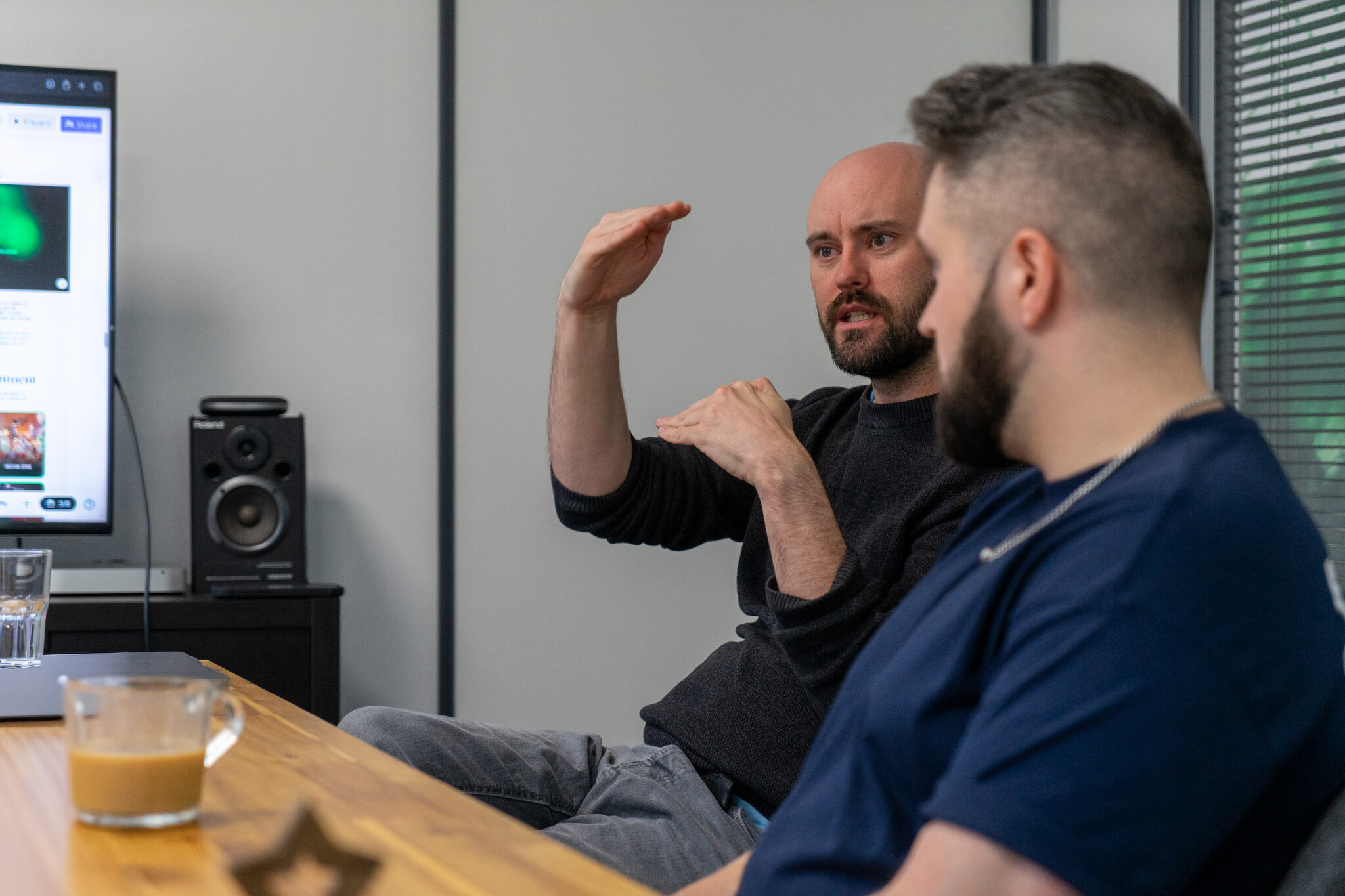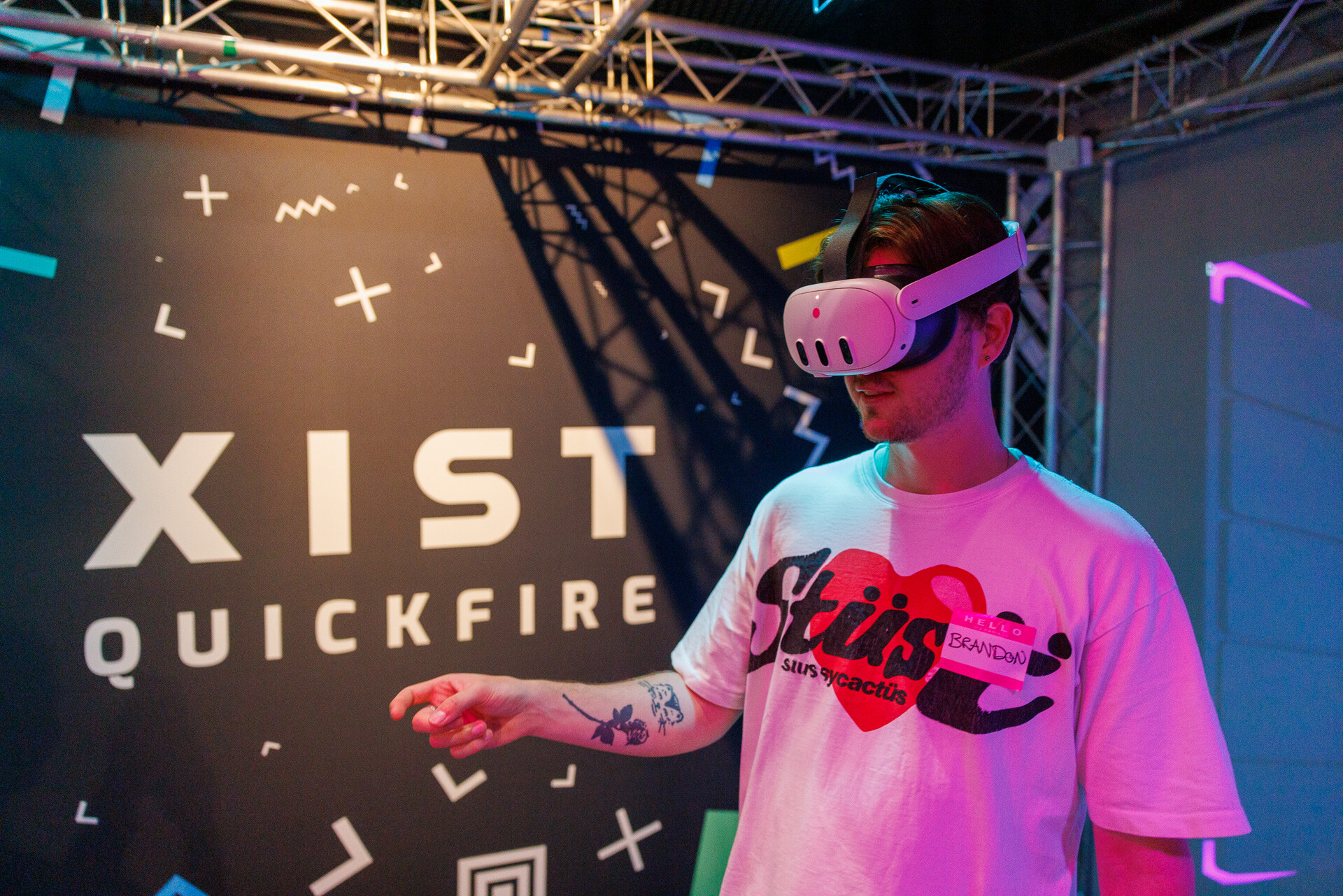Knowledge Base
5th October 2020
Powering up
In many ways, 2020 wasn't the best year – but luckily, even if you lived somewhere facing up to tough restrictions and long lockdowns, the gaming industry was there to cheer us all up. Announcements from Epic Games and Sony Playstation were real reasons to get excited for gamers, game designers and developers alike – and here’s why.
Amazing graphics
The recent demo of Epic’s Unreal Engine 5 technology gives us a good idea of what’s to come – and it (literally) looks amazing. The quality of the graphics (shown on PS5 hardware but with the promise that it should be possible on Xbox and PC too) is stunning with a new dynamic lighting system and highly detailed models. This is in part due to the new standard bulk storage SSDs which dramatically accelerate real-time rendering without overloading the memory – seen in action on the Playstation 5’s recent Rachet and Clank live gameplay demo – and also due to Epic’s new ‘Nanite’ system. This is designed to automatically create LOD models of high-end 3D assets that are suited to the scene and device, whether that’s a console or smartphone – making it easier for creators to build content and deploy it across all devices without having to create special lower LOD models themselves. This is exciting news – for independent game devs and larger companies too.
Stellar lighting
Another key reason for the stunning visuals comes from a new lighting system that Epic dubs “Lumen” – designed to create highly realistic environments more easily. Lumen is a dynamic lighting solution that Epic says “immediately reacts to scene and light changes” – removing the need to design light-maps and prebake static lighting. This is a big leap forward for devs, who will just be able to put a light source into the engine and instantly see how the game will look on the console.
Lightning-quick loading
With the super-quick SSDs coming as standard in gaming consoles, this ushers in a new era of ultra-fast load times. Unreal Engine 5 makes use of this to enable streaming of assets as the camera moves around the scene, essentially meaning assets are loaded just before they are seen. In fact Epic CEO Tim Sweeney goes so far as to say: “the world of loading screens is over. The days of geometry popping up in environments is ended.” Certainly we’re seeing the capabilities this extra fast memory gives the PS5 in the aforementioned Ratchet and Clank demo where characters warp from one dimension to the next. And while it’s not an absolutely instant transition, with around 1.5 second of pausing while the next dimension loads, it’s a massive jump from previous game capabilities.
Next-generation implications
So why is this such a big deal? Well – for us and many other digital creators – it opens up new and exciting opportunities beyond console games to everything from VR experiences to special effects in video content. For example, think of how a VR training simulation for emergency or military services could be enhanced by Unreal’s Lumen dynamic lighting system – where the environment responds in real-time to the light being used. This too could allow environment changes on the fly without the hassle of long build and render times, making training more efficient, cost-effective and comprehensive. On the other end of the spectrum, the same theory could be applied to something as simple as architectural visualisation or interior design – where light sources have a significant impact on how something is built. And, what’s more, all of this is available within consumer tech which comes with an emphasis on making it easier for the independent or sole developer to access these tools. So, in many ways, this new tech is game-changing – and we can’t wait to get our hands on it.

James has over two decades’ experience in highly technical roles – from the main IT agency of the British Government to digital marketing. He’s led development teams in three different agencies, plus worked as a freelance developer and consultant. His love of all things tech led James to co-found Infinite Form in 2015.
More from the Knowledge Hub
Do you have a message you want to convey? A situation that needs simulating, or an audience that needs reaching? Whatever your challenge – we have the ideas, the experience, and the equipment to help.


